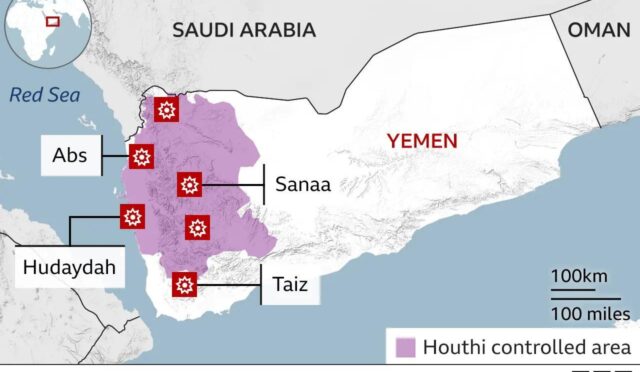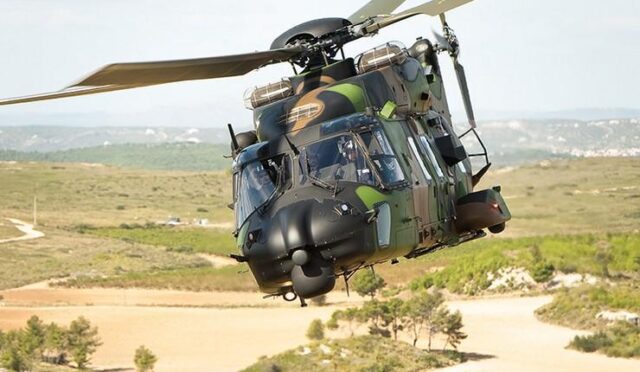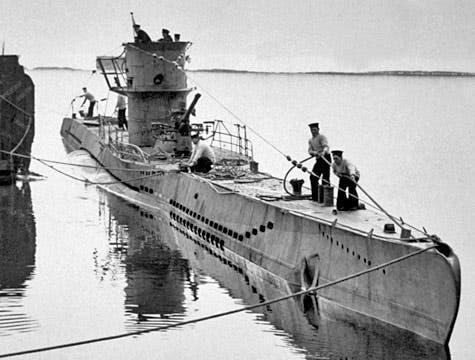Murad AESA Radar: A Leap in Turkish Defense Technology
The Turkish defense industry has reached a significant milestone with the recent flight tests of the Murad 100-A active electronically scanned array (AESA) radar. Conducted by Baykar, this innovation was tested on the Akinci long-range combat drone, marking a pivotal advancement in the nation’s military technology. The radar, designed for both surveillance and fire control, demonstrates Turkey’s commitment to enhancing its defense capabilities.
In addition to its deployment on the Akinci drone, the Murad radar is set to be integrated into Turkey’s F-16s as part of the F-16 Block 30’s Ozgur upgrade. This upgrade emphasizes the importance of domestic avionics and armaments, underscoring Turkey’s efforts to reduce reliance on foreign systems. The successful testing of this radar in 2024 is expected to bolster the operational effectiveness of the Turkish Air Force.
Significance of the Successful Flight Test
Haluk Gorgun, Secretary of Turkish Defence Industries, hailed the successful flight of the Bayraktar AKINCI TİHA equipped with the ASELSAN MURAD AESA radar. He noted that this achievement illustrates the ongoing progress within Turkey’s defense sector, stating, “Now our UAVs have sharper eyes, superior mission capability in all conditions, and game-changing capabilities in the field.” This statement reflects the transformative potential of the radar technology for Turkish unmanned aerial vehicles.
The ability to enhance situational awareness and mission capabilities is crucial for modern warfare. The Murad AESA radar equips Turkish UAVs with advanced tracking systems, allowing for improved operational efficiency in various combat scenarios. This development is not only a testament to technological ingenuity but also a strategic advantage for Turkey in an increasingly competitive defense landscape.
Understanding AESA Technology
AESA radar technology represents a significant leap forward compared to traditional mechanically scanned radars. Unlike older models that rely on moving parts to steer the antenna beam, AESA radars electronically control the beam direction, providing rapid and simultaneous tracking of multiple targets. This capability is essential for modern combat, where responsiveness and precision can determine the outcome of engagements.
In air-to-air combat, AESA radars facilitate the precision engagement of targets beyond visual range. This is particularly vital in scenarios where enemy forces deploy countermeasures to disrupt radar signatures. By maintaining a clear targeting capability, the Murad radar enhances the effectiveness of Turkey’s air-to-air defense strategies.
Applications of Murad AESA Radar
The Murad AESA radar is not limited to air-to-air engagements; it also significantly improves ground surveillance and target acquisition capabilities for unmanned platforms. This versatile technology allows for comprehensive reconnaissance and intelligence-gathering missions, thereby extending the operational reach of Turkish forces. The integration of such advanced radar systems into UAVs is a game-changer for Turkey’s military operations.
As Aselsan highlights, the radar is specifically designed for beyond visual range missile guidance, enabling it to engage long-range aerial threats effectively. This capability ensures that Turkish defense forces can respond swiftly and accurately to emerging threats, reinforcing the country’s national security framework and contributing to regional stability.







